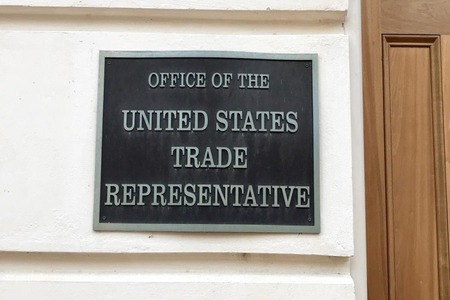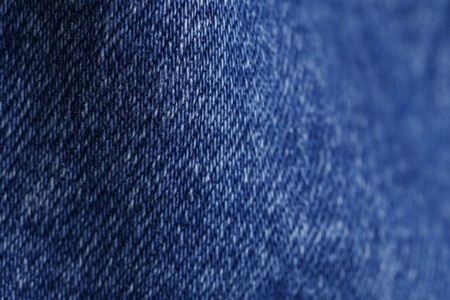
National Jute Board to diversify the excess capacity of jute mills into geo-textile
YarnsandFibers News Bureau 2014-08-30 10:00:00 – KolkataThe National Jute Board (NJB) is looking to diversify the excess capacity of the Jute mills into geo-textile or civil engineering applications, in order to save the struggling jute industry.
NJB's Chief Finance Officer N Sengupta at the 4th Exim Summit of the Indian Chamber of Commerce held in Kolkata said that they are trying to diversify the Jute Mills to use their excess capacity for such products which can really take place of these sacking bags. In case, the government stops taking these bags, these mills should be given an alternative utilization. NJB are thinking of bulk application areas and one of them definitely is geotextiles for civil engineering applications. This will cover slope, roads and for preventing soil erosion.
Roads made with jute geotextiles can bring down the project cost by around 10 per cent and ensure zero maintenance for five years. So far, around 500 km of roads have been laid in the country with geo-textiles. Of all the geotextiles used in the world, only 4 percent are natural geotextiles.
Jute accounts for about 50 percent of this natural geotextile, while the rest is coir. The share of natural geotextile is slated to go up to 10 per cent by 2014.
The Jute Industry's annual production is around 16 lakh tonnes (LT) of all products, of which total 8 to 9 lakh tonnes for sacking bags goes to the Government for packaging and the rest sold either in the domestic or in the export market.
Technologically, there is a standards approved by BIS. Efforts are on to work with the different departments of state governments but the main problem lies with its applications. Until it is mentioned in the schedule of rate during tendering, contractors would not include these materials in construction. And it cannot be made mandatory.
Market Intelligence
Ask for free sample Report

experience
Customer Base
dedicated team
Countries Served Worldwide









